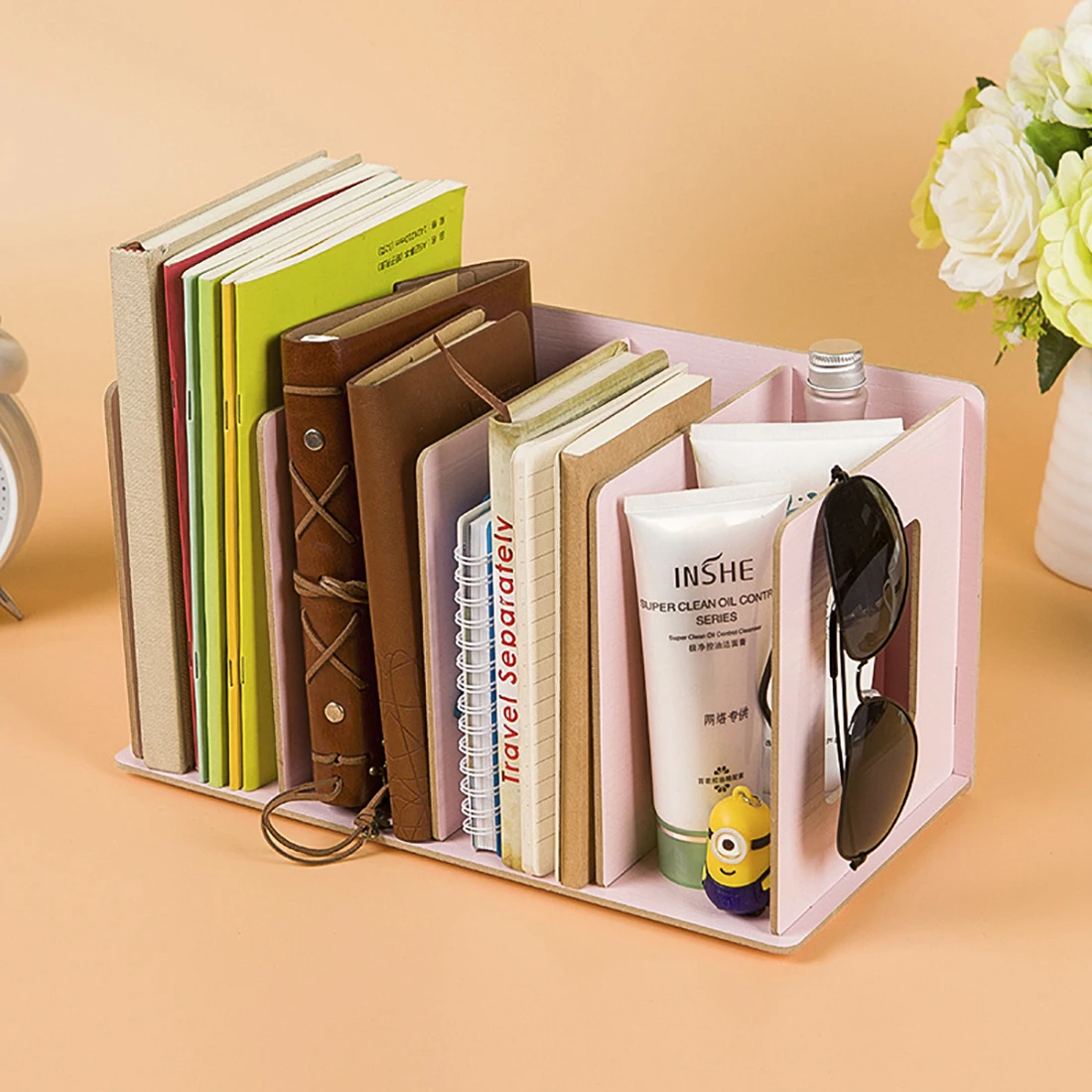
When it comes to computer data, there are other methods of organization, but for filing hard documents, here are our favorite office and home filing system ideas.Īn alphabetical filing system is simple, straightforward, and most effective for businesses dealing with many vendors or names. Letter-based and number-based are the simplest and best to implement for scalability. Once you’ve gotten your basic tools selected, there are several options for creating your own DIY filing system with paper files.

Check out how easy it is to use and put it together. There are two popular types of file cabinet, vertical and lateral file cabinets, and you should consider factors like office space and volume of files before selecting a type.Ĭertain tools can also be helpful, like our hanging file rack. We recommend cabinets since they hold the most and are tailored to specific-sized file folders. You can’t file without folders, so make sure you plan ahead and order before you settle in to creating your perfect organizational system.Īnd, finally, there are the ‘holders.’ These are the cabinets themselves, or whichever method you use to store your files. Investing in reinforced, quality folders is a good idea, since you won’t have to replace them as often and they’ll save you money over time. Then, there are the ‘folders.’ The folders are going to house all your important documents and should last years. There are also some great file folder labels templates out on the internet like this one (also from Avery), so save some money by printing off your own. You can then write directly onto the tabs and still see which folders you need at a glance, or you can use handy extras like file folder labels for a sleeker look and to reuse folders.įor standard 1/3 cut file folders, we suggest these labels by Avery or any other label sized 2/3” x 3 7/16” to fit. Some people like to use color-coded plastic tabs on manila folders, but we suggest the simplicity of using colored file folders. Your ‘identifiers’ will be whatever method you use to label and identify your folders – most often the tabs of the folders themselves.
#Diy file storage plus
You can take the time to scan them in – in fact, it’s recommended – but the hard copies can come in handy (and in some cases, be required) for official purposes.Īt Blue Summit Supplies, we have the basic tools you need for creating a filing system: file folders, hanging file folders, more file folders, other file folders… Plus the know-how to creating a dependable and user-friendly filing system.Ī good filing system is defined by three key parts: identifiers, folders, and holders. There are different rules for different types of documents but it’s always better to be safe than sorry, especially in a business capacity. But the general rule of thumb is to hold on to original documents for at least seven years after the fact.

In an age of increasing digitalization, it can often seem excessive to keep paper files around.

If you’re ever unlucky enough to be audited, for example, you want to make the process as painless as possible by having the requested documents clearly labeled and right at your fingertips.

You never want to be caught in a situation where you can’t find something you need as quickly as you need it. Whether it’s your home office or your work office, having a filing system for your documents is key. Why Create a Home or Office Filing System? So let's create a home and office filing system types. But it’s a necessary evil to achieving an organized workspace – and it can be super satisfying when done right. Papercuts happen, similar-sounding names get confusing, and the permanent marker smell always goes to your head way sooner than you’d anticipated.


 0 kommentar(er)
0 kommentar(er)
